Description
Baby Ocelot For Sale
Baby ocelot, known as kittens, are the young of the ocelot (Leopardus pardalis ), a small wild cat native to the Americas. Ocelots are known for their striking appearance, featuring beautiful spotted coats that help them blend into their natural environments. Here are some key points about baby ocelots:
Physical Characteristics:
- Size at Birth: Baby ocelots are born weighing about 250 grams (approximately half a pound) and are initially blind and vulnerable.
- Appearance: At birth, their fur is fluffy and typically features soft, gray or tan colors with spots and stripes. As they grow, their coats develop to become more strikingly patterned, resembling their adult counterparts.
Development:
- Eyes and Weaning: Ocelot kittens open their eyes around two weeks of age and begin to explore their surroundings. They are typically weaned at around 2 to 3 months but may continue to depend on their mother for food for a longer period while learning hunting skills.
- Growth Rate: Ocelot kittens grow rapidly and are usually fully weaned in about 3 months, beginning to take small prey such as insects or small rodents.
Behavior:
- Social Structure: Ocelots are solitary animals, and the mother is very protective of her young. Kittens often stay with their mother for about 1 to 2 years before becoming independent.
- Learning to Hunt: During their formative months, kittens learn essential hunting skills by observing and practicing with their mother. They are taught how to stalk and pounce on prey.
Habitat:
- Natural Environment: Ocelots are found in a variety of habitats, including tropical rainforests, savannas, and scrublands throughout Central and South America, as well as parts of the southern United States.
- Denning: The mother often prepares a den in a hollow tree or dense vegetation for shelter and to keep her kittens safe while they are young.
Conservation Status:
- Threats: Ocelots face threats from habitat destruction, poaching, and the illegal pet trade. In some areas, their populations have been declining due to loss of habitat and overhunting of their prey species.
- Protection Efforts: Conservation programs aim to protect their habitats and educate the public about the importance of preserving these beautiful cats.
Conclusion:
Baby ocelots are charming and vulnerable, showcasing the beauty and complexity of wildlife. Their development from tiny, helpless kittens to independent hunters is a fascinating process. Conservation efforts are critical to ensuring that ocelots can thrive in the wild and continue to enchant future generations.





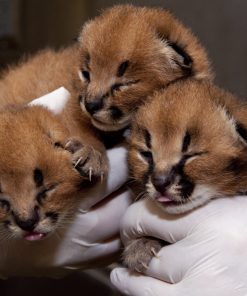
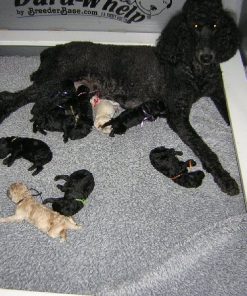
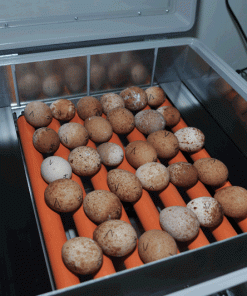
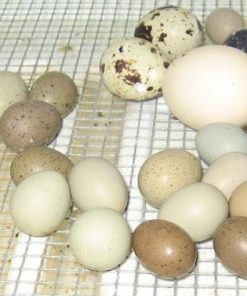
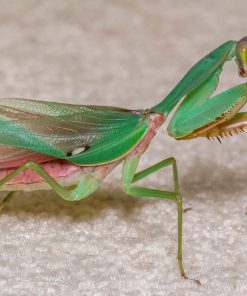

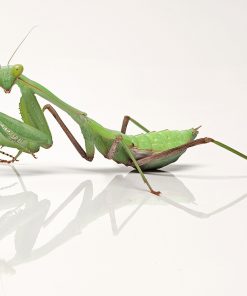
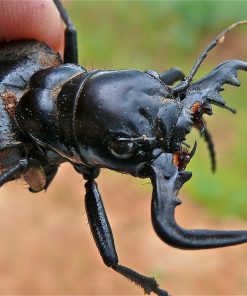
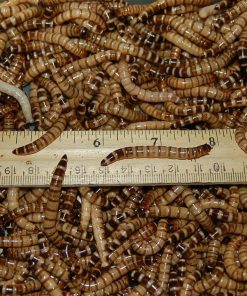

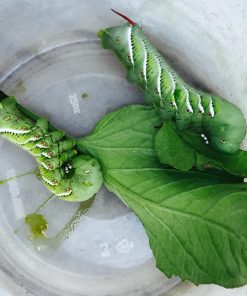
Reviews
Clear filtersThere are no reviews yet.